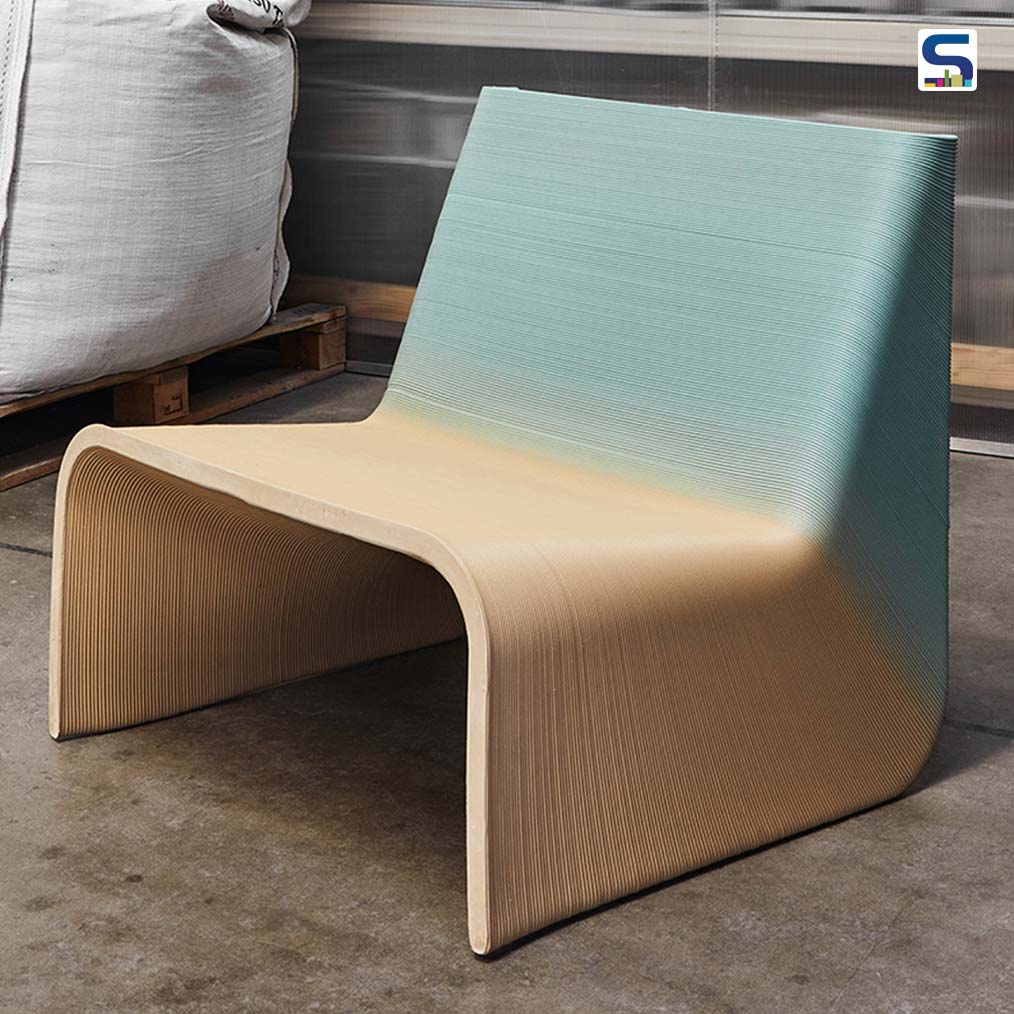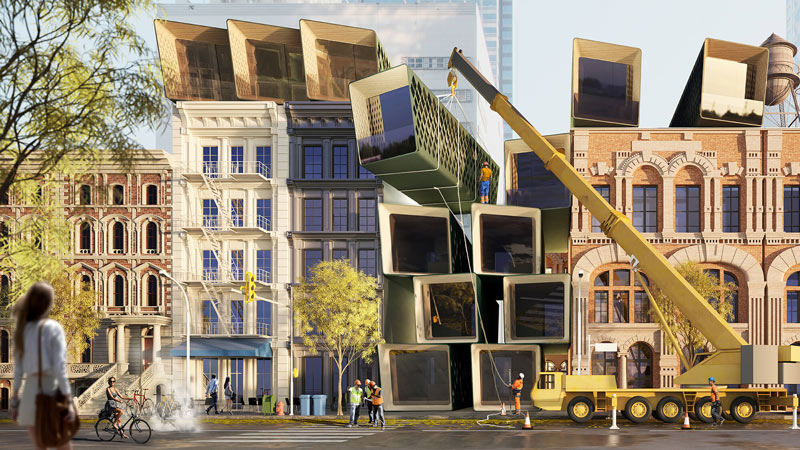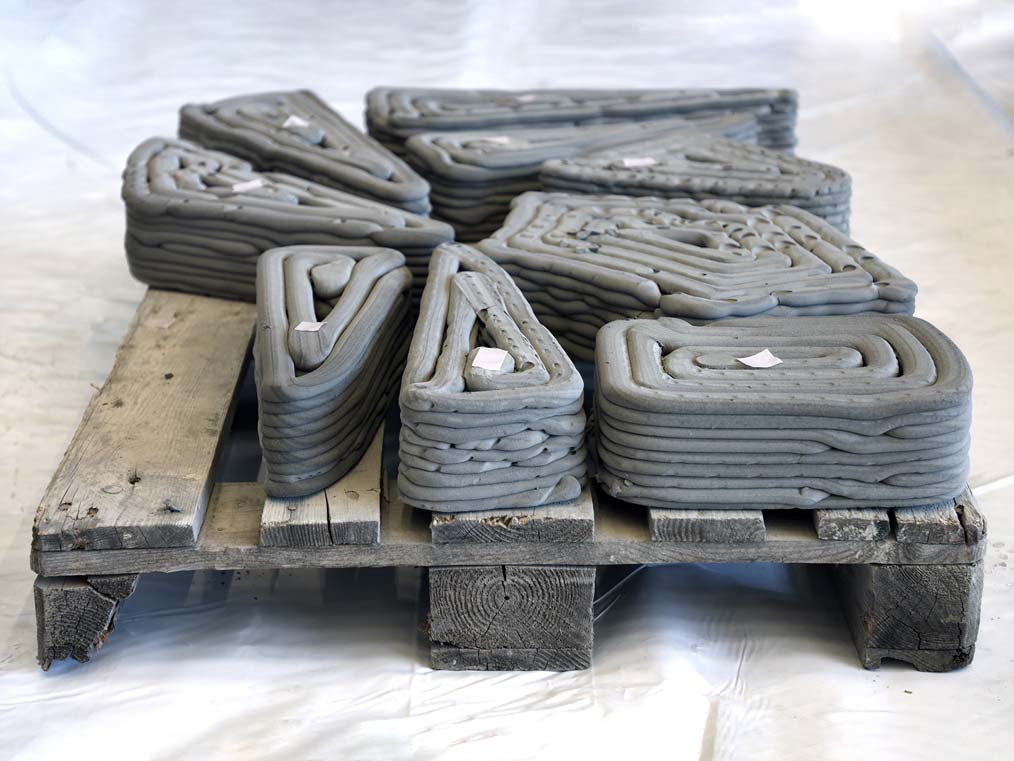
If you still think of 3D printing as a futuristic tool that is far off in the future then you are mistaken.3D printing is a tool that is in use today and its history is not as new as you might feel. Firstly starting with what 3D printing means, it is commonly known as additive manufacturing. The technology utilizes computer-aided design (CAD) to create three-dimensional objects.3D printing layers several types of materials such as plastics, composites, or bio-materials to create a variety of objects. The 3D printers work similarly to an inkjet printer. They combine software with powder-like materials and precision tools to create three-dimensional objects. Surfaces Reporter(SR) covers some fascinating aspects of this revolutionary technology in this article.
The origin of 3D printing
It is surprising to know that 3D printing was originally imagined in the 1970s. The first experiment was not until 1981 when Dr. Kodama attempted to develop a rapid prototyping technique. He is credited for describing the layer-by-layer approach to manufacturing and creating an ancestor for SLA (or Stereolithography).SLA is a photosensitive resin that can be polymerized by UV light. Unfortunately, he did not file the patent for it. A few years later it was again taken by a French team of engineers, Alain Le Méhauté, Olivier de Witte, and Jean-Claude André. Due to a lack of business perspective, they abandoned the project and did not file for a patent. The first patent was finally filed by Charles Hull or Stereolithography (SLA). His company was the first to release a commercial SLA 3D printer, the SLA-1, in 1988. Another technology was developed by Carl Deckard at the University of Texas in 1988. This system fused powder instead of liquid and is known as Selective Laser Sintering (SLS) technology. The first commercially available SLS printer was released in 2006.

Development in machinery to create never before seen objects
The sharp development in 3D printing is a fascination for everyone.3D printing offers to create unique objects that might have not been possible with enhanced efficiency without 3D printing. Here are some of the enchanting projects.
3D PRINTED BIO HOMES by OLIVER THOMAS AND AMEY KANDALGAONKAR
Bio homes are an attempt at reducing the post covid challenges such as global affordable housing shortage, global warming, and a need to reduce carbon emissions, particularly within the AEC industry. The CTRL + P Home is a collaboration between Oliver Thomas and Amey Kandalgaonkar for the BeeBreaders.
L&T’s First 3D two-story building in India
L&T’s first project was a one-story house back in November of 2019. Following this, they created the 2 story building in their Kanchipuram facility near the city of Chennai. The building has integrated reinforcement bars and is fully compliant with all of India’s building codes. The large-format concrete 3D printer-made building has a modest floor space of 65m².L&T have printed the building using its real concrete mix. This is a significant milestone in itself. This is because most of the 3D-printed buildings have been constructed using ready-mix mortar.

3D printed house, Gaia by WASP
Gaia was manufactured using the new Crane WASP technology. The house was built using natural materials from the surrounding area. Gaia is an eco-sustainable architectural model, constructed using materials such as waste from the rice production chain.
The way ahead (Future)
3D printing has a promising future not just for the architectural industry but for automotive and healthcare too.3D printing could help in saving energy, waste reduction as well as saving time. Hence 3D printing is a sustainable option that builds houses in hours. The number of steps involved is also reduced. The number of customizable options available with 3D printing is greater and can offer better management of the supply chain.
Conclusion
3D printing is a promising technique that might soon hold the lion’s share in the manufacturing field.